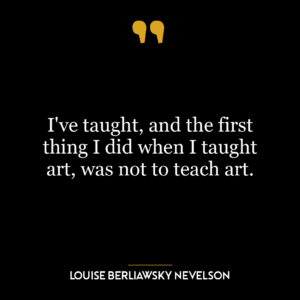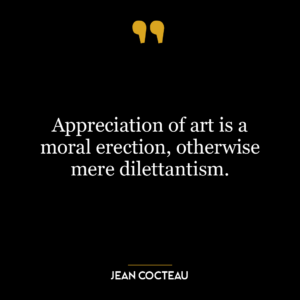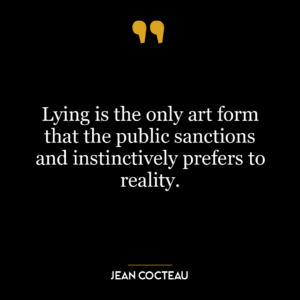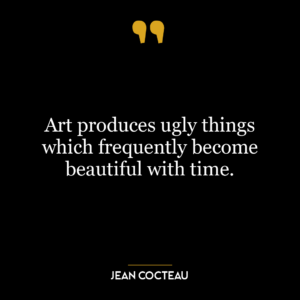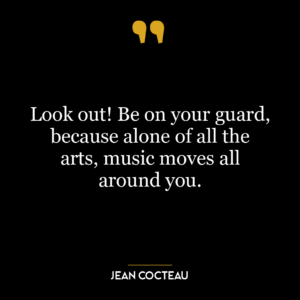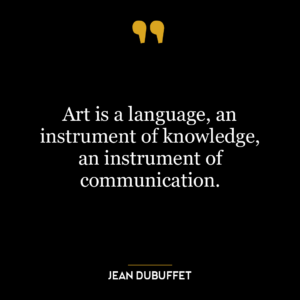This quote suggests that lying, traditionally seen as a negative trait, could be viewed differently. The term “old art of Lying” implies that lying was once considered an art, a skill that requires finesse and creativity. It suggests that lying isn’t always about deception or harm, but can be a tool used for various purposes, such as to protect, to entertain, or to create.
The call to “revive” this art implies that it has been lost or neglected, possibly due to society’s increasing emphasis on truth and transparency. However, the speaker believes that lying, when used appropriately, can serve a valuable function and should be reclaimed.
In the context of today’s world, this quote could be interpreted in several ways. In politics or media, for example, the art of lying could refer to the ability to create compelling narratives or messages that resonate with people, even if they aren’t entirely factual. This is not advocating for dishonesty, but rather acknowledging that sometimes, the ‘truth’ can be subjective and multifaceted, and the ability to navigate this complexity is a valuable skill.
In terms of personal development, the ‘art of lying’ could be seen as the ability to imagine and articulate possibilities that don’t yet exist – in other words, to dream or envision. This kind of ‘lying’ to oneself can be a powerful tool for motivation and self-improvement. For example, someone might ‘lie’ to themselves that they are capable of running a marathon, despite currently being out of shape. This ‘lie’ can then drive them to train and work towards making it a reality.
However, it’s important to note that this interpretation of the quote doesn’t advocate for dishonesty or deception. Instead, it suggests that ‘lying’ – in the sense of creating narratives, envisioning possibilities, or shaping perceptions – can be a powerful tool when used responsibly and ethically.





